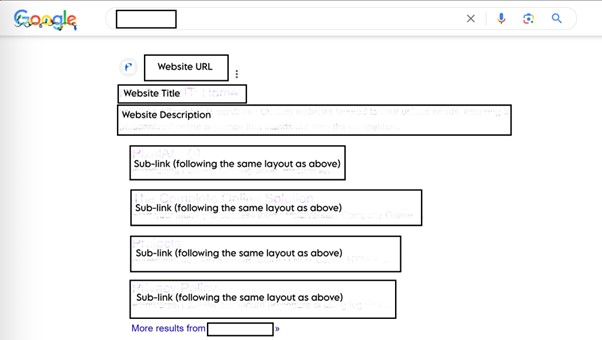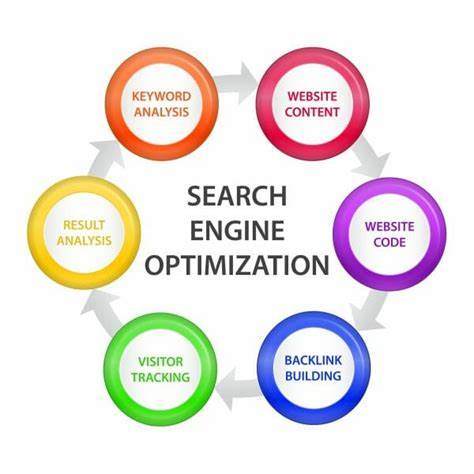Date: Monday, 27th November 2023
Authors: Hayden Kong & Muyao Zhang
SEO Can Be Our Best Friend.
Search Engine Optimisation (SEO), by technical definition, is the process used to optimise a website’s technical configuration, content relevance and link popularity so its pages can become easily findable, more relevant and popular towards user search queries, and consequently, search engines rank them better.
To put it simply, SEO is the practice of orienting our website to rank higher on a search engine results page (SERP) so that we receive more traffic (so basically, like getting your website displayed 1st on google). SEO is not only the main theme of our 4th loop of Engineering Design Process but will also facilitate other options besides our website in the era of Hello World 3.0, such as YouTube channel and social media, to rank better in no time.

Image: Layout of search engine results with labels. Google belongs to Google LLC.
Our initial SEO strategy will include:
The first step is to find proper keywords, which can be done via brainstorming among team members or using a professional keyword research tool. In our opinion, the keywords for the homepage of our website can contain ‘FLL Challenge’, ‘First Lego League’, ‘Hello World’, ‘FLL Journey’ etc. Keywords are an important part of SEO, as they tell the search engines what the general topic is about and when to display it to the user.
Secondly, we need to put the keywords in the page title once we have chosen them. The page title is one of the most important things that Google and other search engines evaluate to determine what is on a web page. Specifically, they will find the page title in the HTML, such as <title> PAGE TITLE </title>. More importantly, we need to keep the page title short, because it is what appears on top of the user’s web page’s result in the SERPs. Additionally, when we edit a web page, we also need to make sure the keywords are in the title of an article or at the top of the web page, so that Google and other search engines can see the words.
Thirdly, we can consider inserting the keywords in the page URL, rather than strings of numbers, because Google and other search engines also use the text of the URL of the page to determine the content of the web page.
Fourthly, connecting the site to Google Analytics and Google Search Console. Google Analytics is a tracking tool for websites where you can see how each of your pages perform and see how the users are interacting with your website. You can then improve the website based on the feedback from Analytics. Google Search Console is also another key to have your website displayed on Google. You can see which pages in your site have been indexed by Google (meaning Google discovered and looked through that page) and upload sitemaps (sitemaps are basically a document containing all the public pages on a website). Google Search Console can even provide suggestions on how to improve your SEO.
Fifthly, we need to use the keywords in the content of a web page in a natural way, which is called on-page SEO strategy. By doing this, the search engines will know that the web page is indeed about the keywords and should be shown in research results.
Last but not least, we need to check on the results regularly because the Engineering Design Process requires reiteration. For example, we can check the rank of our website or a web page manually by searching for the keywords in Google fortnightly and track its progress to see any other potential to improve its rank.






Leave a Reply